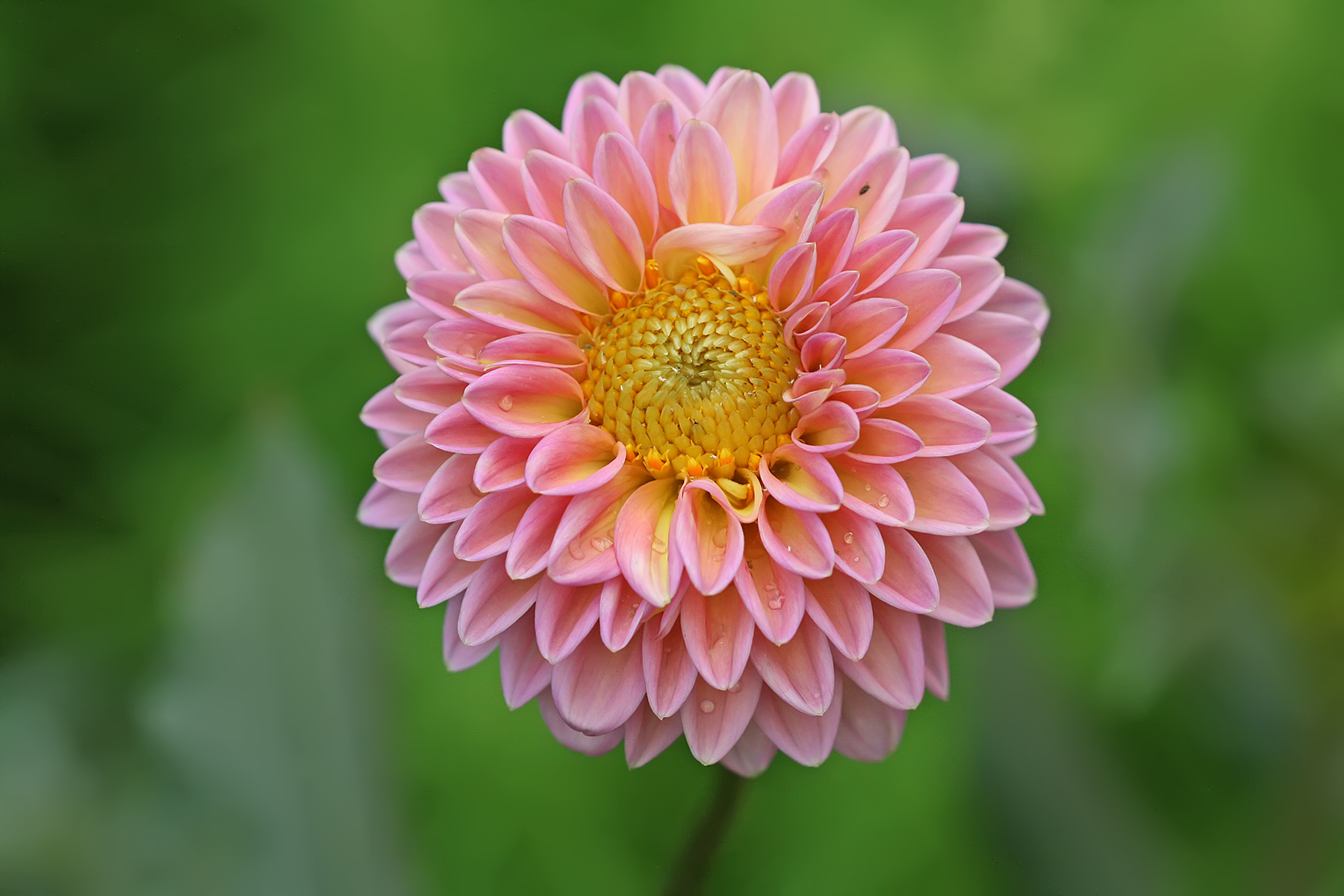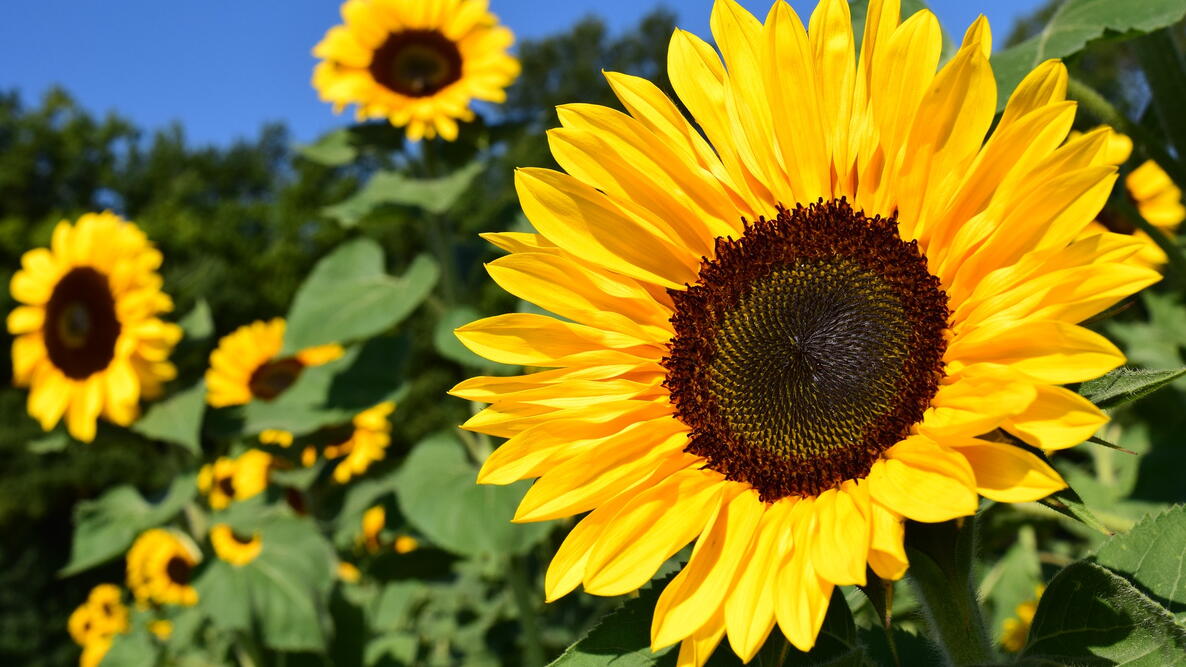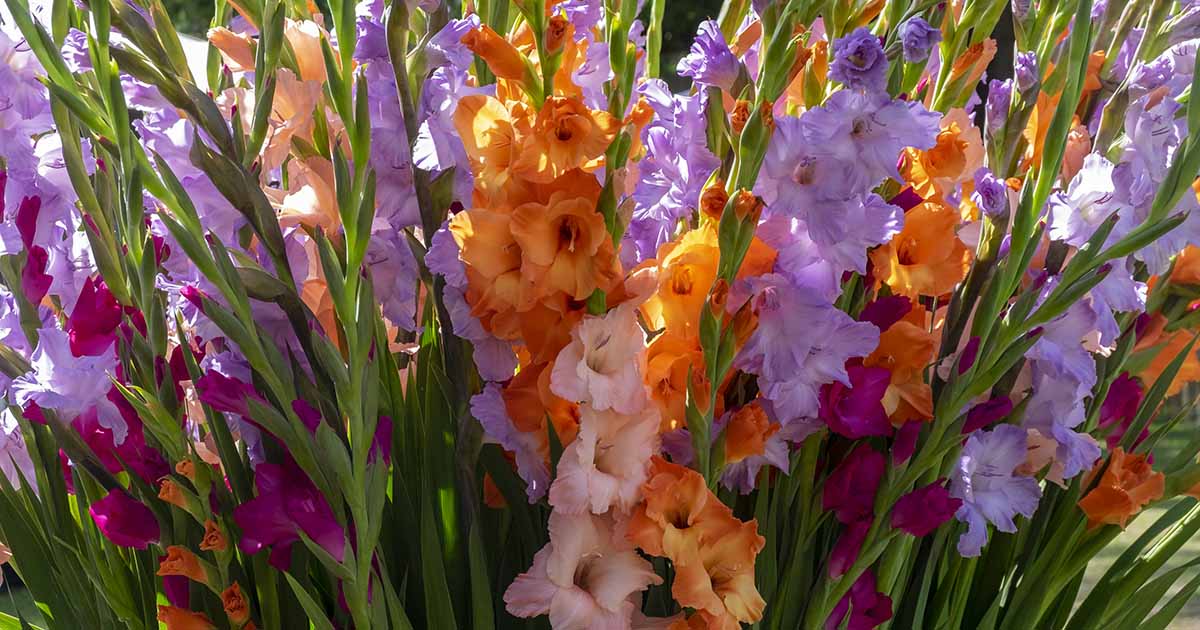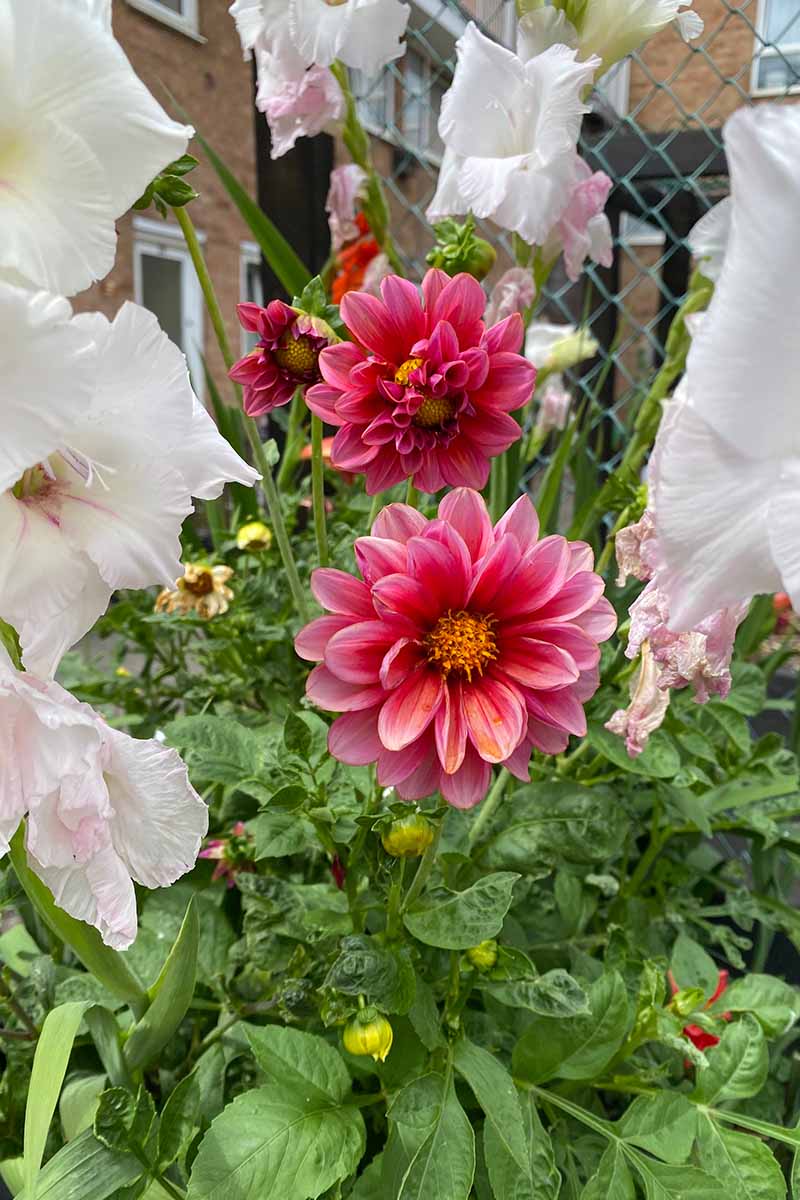Best Companion Plants For Gladiolus
Best Companion Plants for Gladiolus
Gladiolus are tall, stately flowers that add a touch of elegance to any garden. They come in a wide variety of colors, from bright reds and yellows to delicate pinks and whites. Gladiolus are relatively easy to care for, but they do best when planted with companion plants that have similar needs.
In this blog post, we will discuss some of the best companion plants for gladiolus. We will also provide tips on how to plant and care for these beautiful flowers.
What are Companion Plants?
Companion planting is a gardening technique that involves planting different types of plants together in order to benefit each other. Companion plants can help to attract beneficial insects, repel pests, improve soil quality, and provide shade or wind protection.
When choosing companion plants for gladiolus, it is important to consider the following factors:
- Sunlight: Gladiolus need full sun, so you will need to choose companion plants that also thrive in sunny conditions.
- Soil type: Gladiolus prefer well-drained, sandy soil. If your soil is heavy or clayey, you may need to add some sand or compost to improve drainage.
- Water needs: Gladiolus need regular watering, especially during the growing season. Make sure to plant them in an area that receives plenty of water.
- Fertilizer needs: Gladiolus need to be fertilized regularly, especially during the growing season. Use a balanced fertilizer, such as a 10-10-10 fertilizer, every few weeks.
Best Companion Plants for Gladiolus
Here are some of the best companion plants for gladiolus:
- Dahlias: Dahlias are another tall, colorful flower that is a great companion for gladiolus. They have similar sunlight and soil requirements, and they can help to attract beneficial insects.

- Zinnias: Zinnias are a low-maintenance annual flower that is easy to grow and care for. They come in a wide variety of colors, and they can help to fill in the spaces between gladiolus plants.

- Sunflowers: Sunflowers are tall, cheerful flowers that add a touch of rustic charm to any garden. They need full sun and well-drained soil, just like gladiolus.

- Verbena: Verbena is a low-growing, spreading plant that is perfect for filling in the spaces between gladiolus plants. It comes in a variety of colors, and it blooms all summer long.

- Cosmos: Cosmos is another low-growing annual flower that is easy to grow and care for. It comes in a variety of colors, and it attracts butterflies and other beneficial insects.

- Shasta daisies: Shasta daisies are tall, white flowers that add a touch of elegance to any garden. They need full sun and well-drained soil, just like gladiolus.

- Lilium: Lilies are tall, fragrant flowers that add a touch of luxury to any garden. They need full sun and well-drained soil, just like gladiolus.

- Peonies: Peonies are beautiful, long-lasting flowers that are perfect for adding a touch of elegance to any garden. They need full sun and well-drained soil, just like gladiolus.

Planting and Caring for Gladiolus
Gladiolus bulbs should be planted in the spring, after the last frost. They should be planted 4 to 6 inches deep and 6 to 8 inches apart. Gladiolus need full sun and well-drained soil. They should be watered regularly, especially during the growing season. Gladiolus should be fertilized every few weeks with a balanced fertilizer.
Gladiolus will bloom in the summer. The flowers will last for several weeks. Once the flowers have faded, the foliage will die back. The corms can be dug up and stored in a cool, dry place for the winter.
Conclusion
Gladiolus are beautiful flowers that can add a touch of elegance to any garden. By planting them with companion plants, you can help them to thrive and bloom their best. With a little care, you can enjoy these beautiful flowers for years to come.
Gladiolus are beautiful flowers that can add a touch of elegance to any garden. But did you know that there are certain companion plants that can help to boost their growth and flowering?
Some good companion plants for gladiolus include:
- Zinnia: These bright flowers attract pollinators, which can help to pollinate your gladiolus blooms.
- Dahlia: These tall flowers provide a backdrop for the shorter gladiolus blooms.
- Sunflower: These sun-loving plants thrive in the same conditions as gladiolus.
- Coneflower: These daisy-like flowers add a pop of color to the garden.
- Lavender: This fragrant herb repels pests and can help to improve the soil quality.
For more information about companion plants for gladiolus, please visit Garden Wiki. This website has a comprehensive list of companion plants, as well as tips on how to plant and care for gladiolus.
FAQ of companion plants for gladiolus
Question 1: What are some good companion plants for gladiolus?
Answer: Some good companion plants for gladiolus include:
- Dahlias: Dahlias are tall, colorful flowers that bloom in the summer, just like gladiolus. They also have similar growing requirements, so they make good companions.

- Zinnias: Zinnias are another type of tall, colorful flower that blooms in the summer. They are easy to grow and attract butterflies and other pollinators.
- Sunflowers: Sunflowers are tall, sunny flowers that bloom in the summer. They can provide shade for gladiolus plants, which can help to prevent them from wilting in hot weather.

- Crocosmia: Crocosmia is a type of corm plant that blooms in the summer. It has similar growing requirements to gladiolus, and its bright orange flowers can add a pop of color to the garden.
- Clematis: Clematis is a vine that can climb up a trellis or other support. It blooms in the summer with beautiful flowers that come in a variety of colors. Clematis can help to add height and interest to a garden, and it can also provide shade for gladiolus plants.

Question 2: What are the benefits of planting companion plants with gladiolus?
Answer: There are a few benefits to planting companion plants with gladiolus. First, companion plants can help to attract pollinators, such as butterflies and bees, which can help to pollinate the gladiolus flowers. Second, companion plants can help to deter pests, such as aphids and slugs, from attacking the gladiolus plants. Third, companion plants can help to improve the soil quality around the gladiolus plants, which can help the plants to grow healthier and stronger.
Question 3: How close together should I plant gladiolus and its companion plants?
Answer: The best way to determine how close together to plant gladiolus and its companion plants is to consult the plant spacing recommendations for each plant. In general, gladiolus plants should be spaced 6 to 8 inches apart, and their companion plants should be spaced at least 12 inches apart. This will give each plant enough room to grow and thrive.
Question 4: What time of year should I plant companion plants with gladiolus?
Answer: The best time to plant companion plants with gladiolus is in the spring, when the soil has warmed up and the danger of frost has passed. This will give the companion plants time to establish themselves before the gladiolus plants start to grow.
Question 5: How do I care for companion plants with gladiolus?
Answer: The care requirements for companion plants will vary depending on the specific plant. However, in general, companion plants should be watered regularly, fertilized as needed, and protected from pests and diseases. It is also a good idea to deadhead spent flowers to encourage new blooms.
Image of companion plants for gladiolus
- Zinnia. Zinnias are tall, colorful flowers that bloom in the summer. They are a good companion plant for gladiolus because they have similar growing conditions and can help to attract pollinators.

- Dahlia. Dahlias are another tall, colorful flower that blooms in the summer. They are also a good companion plant for gladiolus because they have similar growing conditions and can help to attract pollinators.

- Sunflower. Sunflowers are tall, sunny flowers that bloom in the summer. They are a good companion plant for gladiolus because they can help to shade the gladiolus roots and prevent them from drying out.

- Crocosmia. Crocosmia is a tall, orange flower that blooms in the summer. It is a good companion plant for gladiolus because it has similar growing conditions and can help to attract pollinators.
- Verbena. Verbena is a low-growing, colorful flower that blooms in the summer. It is a good companion plant for gladiolus because it can help to fill in the space around the gladiolus and attract pollinators.

Post a Comment for " Best Companion Plants For Gladiolus"